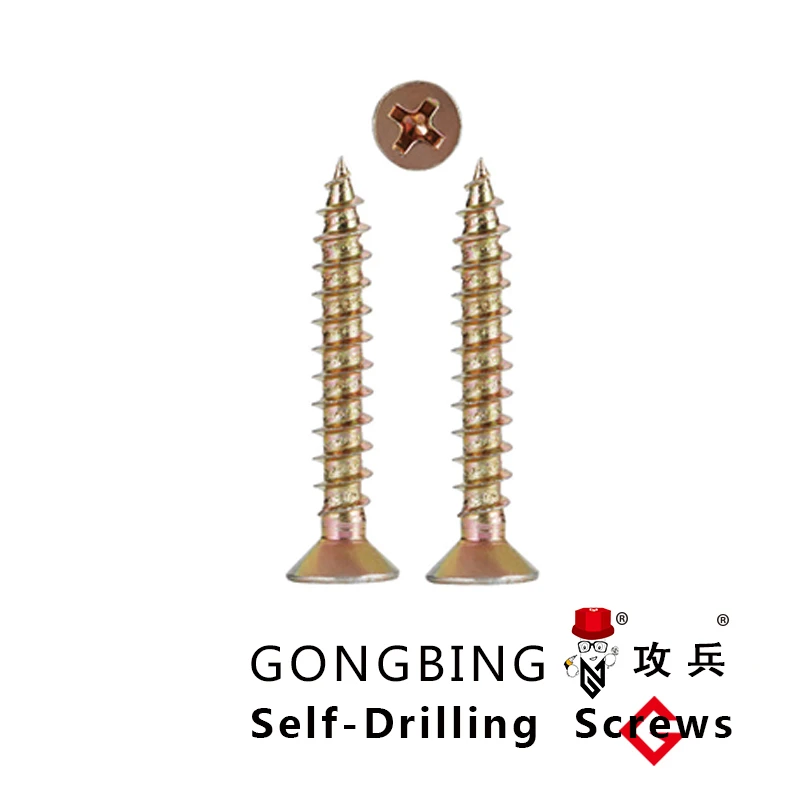resin epoxy anchors
Understanding Resin Epoxy Anchors A Comprehensive Overview
Resin epoxy anchors are critical components in the construction and engineering fields, widely used for securing structures to concrete and masonry. They are renowned for their exceptional bonding strength, reliability, and versatility under various environmental conditions. As technology advances, the applications and formulations of resin epoxy anchors continue to evolve, making them crucial for both residential and commercial projects.
What are Resin Epoxy Anchors?
Resin epoxy anchors consist of a mixture of resin and hardener that, when combined, form a durable bonding agent. This chemical reaction generates an epoxy compound capable of adhering to a variety of substrates, improving the anchoring strength significantly compared to traditional mechanical anchors. Typically, these anchors are installed by drilling a hole into the concrete, injecting the epoxy mixture, and then inserting a metal rod or bolt into the hole. Upon curing, the epoxy forms a solid bond that securely holds the rod in place.
Advantages of Resin Epoxy Anchors
1. High Load Capacity One of the primary advantages of resin epoxy anchors is their ability to support high loads. This is especially beneficial in applications such as heavy machinery installation, structural reinforcements, and securing fixtures subjected to dynamic forces.
2. Corrosion Resistance Resin epoxy is inherently resistant to moisture and chemicals, making it an ideal choice for outdoor applications and environments prone to corrosion. This resistance extends the lifespan of the anchor, reducing the need for frequent replacements.
3. Versatility These anchors can be used in various materials, including concrete, brick, and stone. This versatility allows engineers and contractors to utilize them in a wide range of construction projects.
4. Temperature Tolerance Resin epoxy anchors can withstand extreme temperatures, making them suitable for applications in both hot and cold climates. This feature is vital for structures exposed to varying environmental conditions.
5. Low Expansion Unlike traditional mechanical anchors that can expand and cause damage to the surrounding materials, resin epoxy anchors expand minimally. This attribute ensures that the integrity of the substrate remains intact while providing a strong hold.
Installation Process
resin epoxy anchors

The installation process for resin epoxy anchors is relatively straightforward, but it requires precision and attention to detail
1. Preparation Begin by drilling a hole of the appropriate diameter and depth into the concrete or masonry. It's essential to clean the hole to remove any dust or debris, ensuring optimal bonding.
2. Mixing the Epoxy Follow the manufacturer's instructions to mix the resin and hardener thoroughly. Proper mixing is crucial for achieving the desired strength.
3. Injection Use a suitable applicator to inject the epoxy mixture into the drilled hole. Ensure that the bottom of the hole is adequately filled to provide a solid base for the anchor.
4. Insertion of the Anchor Insert the metal rod or bolt into the hole while twisting slightly to ensure even distribution of the epoxy around the anchor.
5. Curing Allow the epoxy to cure as per the manufacturer’s specifications. Curing times may vary depending on the product and environmental conditions.
Applications of Resin Epoxy Anchors
Resin epoxy anchors are used in various applications, including
- Structural Beam and Column Connections They provide critical support in building frameworks. - Heavy Machinery Installation Secure anchoring of equipment that generates vibrations and dynamic loads. - Safety and Guardrail Installations Ensuring that safety features are firmly in place to protect individuals. - Retrofit and Strengthening Projects Enhancing the load-bearing capacity of existing structures.
Conclusion
Resin epoxy anchors represent a pivotal advancement in fastening systems within the construction industry. Their unique properties, including high load capacity, corrosion resistance, versatility, and ease of installation, make them an indispensable tool for engineers and contractors. As projects become increasingly demanding, the reliance on such advanced anchoring solutions will likely continue to grow. Understanding the nuances of resin epoxy anchors is essential for anyone involved in the construction and engineering sectors to ensure the safety and longevity of structures.
-
Weatherproof Plastic Expansion Anchors for OutdoorNewsJun.06,2025
-
Sustainability in the Supply Chain: Eco-Friendly TEK Screws ProductionNewsJun.06,2025
-
Load-Bearing Capacity of External Insulation FixingsNewsJun.06,2025
-
Double Head Bolts: Enhancing Efficiency in Industrial MachineryNewsJun.06,2025
-
Corrosion Resistance in Chipboard Screws: Coatings for Wholesale DurabilityNewsJun.06,2025
-
Butterfly Toggle Bolts : Enhancing Structural ResilienceNewsJun.06,2025
